The Remarkable World of Starlings
Starlings are a fascinating group of birds, often overlooked despite their ubiquity and complex behaviors. These medium-sized passerines belong to the family Sturnidae, a diverse collection of over 118 species found across the globe. From the familiar European Starling to the vibrantly colored species of Africa and Asia, starlings exhibit a remarkable range of adaptations, intelligence, and social behaviors. This article delves into the captivating lives of these avian wonders, exploring their biology, behavior, ecological role, and relationship with humans.
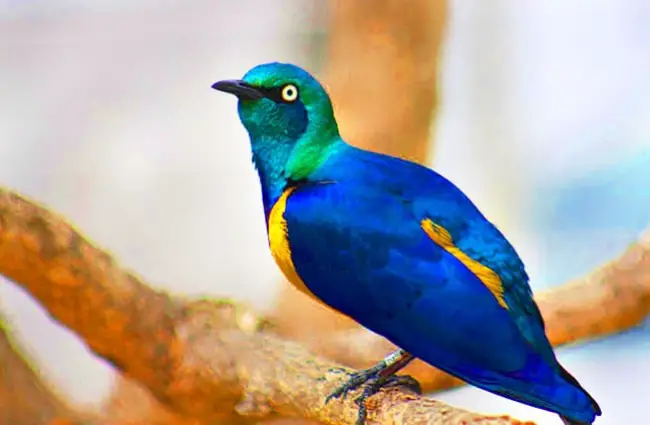
Understanding Starling Biology
Physical Characteristics
Starlings generally range in size from 19 to 23 centimeters in length, with a wingspan of around 32 to 40 centimeters. Their plumage is often iridescent, displaying shades of black, brown, and purple, sometimes speckled with white, particularly in winter. While many species exhibit sexual dimorphism, with males displaying brighter or more elaborate plumage, this is not universal across the family. A key identifying feature is their relatively short tail and strong, pointed bill, well-suited for probing into soil and vegetation.
Habitat and Distribution
The Sturnidae family boasts a broad geographical distribution. While most diverse in tropical Africa and Asia, starlings are found on every continent except Antarctica. Their habitats vary widely, encompassing grasslands, woodlands, forests, agricultural lands, and even urban environments. Several species have successfully adapted to human-modified landscapes, becoming common sights in cities and towns. The European Starling, in particular, has been introduced to North America, Australia, and New Zealand, often becoming a significant ecological presence.
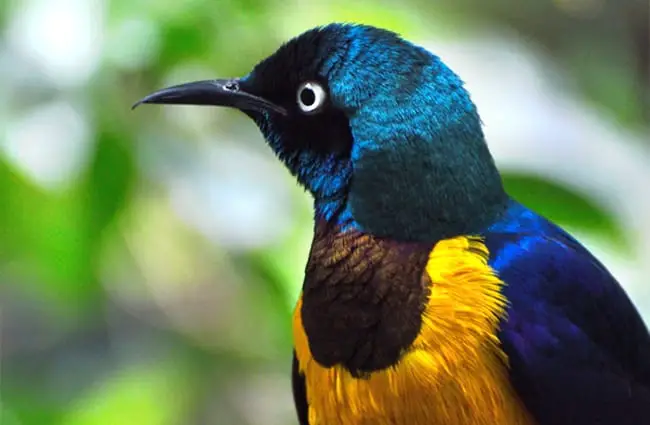
Diet and Foraging Behavior
Starlings are omnivorous, with a highly varied diet. They consume insects, fruits, seeds, berries, nectar, and occasionally small invertebrates. Their foraging behavior is remarkably adaptable. They probe the ground for insects and worms, glean insects from foliage, and forage for fruits and seeds in trees and shrubs. They’ve even been observed following larger mammals or agricultural machinery to feed on disturbed insects. Some species are known for their fondness for grapes, which can cause conflict with vineyards.
Evolutionary History
The evolutionary history of starlings traces back to the Paleogene period. Fossil evidence suggests that the family originated in Eurasia and Africa, gradually diversifying and spreading across the globe. Their closest relatives are other members of the order Passeriformes, particularly the families of mynas and some species of thrushes. The family shows remarkable diversity, with species ranging from the metallic hues of the Rosy Starling to the vibrant plumage of the Glossy Starling.
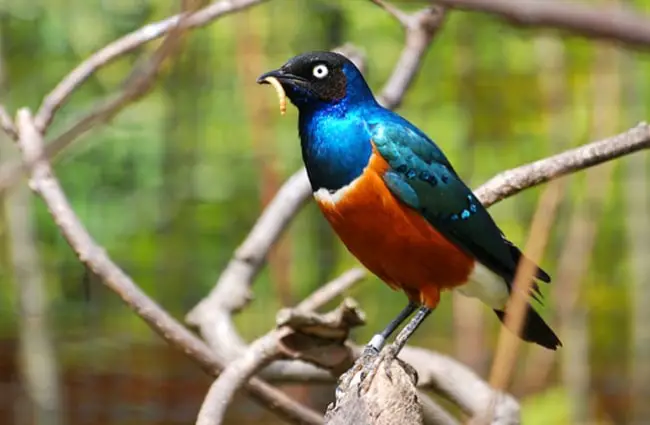
Reproduction and Life Cycle
Starlings are generally monogamous, forming pair bonds that may last for multiple breeding seasons. They are cavity nesters, typically using natural tree holes, abandoned woodpecker nests, or artificial nest boxes. The breeding season varies depending on the species and geographic location. Females typically lay between four and seven eggs, which are incubated for about two weeks. Chicks are altricial, meaning they are born helpless and require extensive parental care. Young birds fledge after about three weeks and become independent within a few months.
Murmurations: A Spectacle of Collective Behavior
Perhaps the most captivating aspect of starling behavior is the phenomenon of murmurations, massive, swirling flocks that can number in the tens of thousands. These mesmerizing displays occur during the autumn and winter months, as starlings gather to roost together for warmth and protection. Scientists believe that murmurations serve multiple purposes, including predator avoidance, information sharing, and mate attraction. The coordinated movements of the flock are a testament to the remarkable social intelligence of these birds. Each bird responds almost instantaneously to the movements of its neighbors, creating a fluid, dynamic display that is truly awe-inspiring.
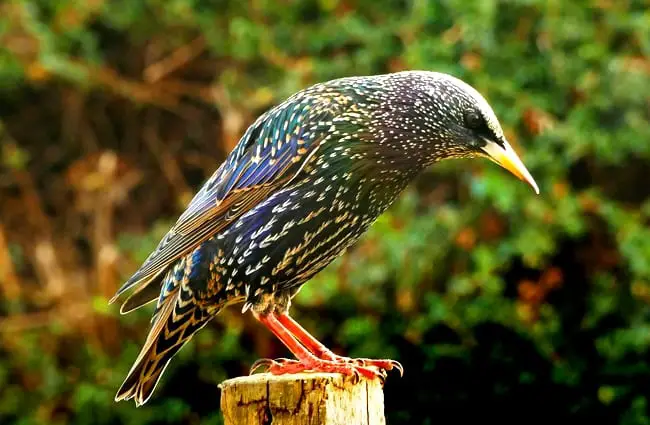
Starlings and Their Ecological Role
Starlings play an important role in many ecosystems. They are insectivores, helping to control populations of agricultural pests and forest insects. They also disperse seeds, contributing to plant propagation. However, some species, such as the European Starling, have become invasive in certain regions, competing with native birds for nesting sites and resources. Their large flocks can also cause damage to crops and buildings.
Vocalizations and Mimicry
Starlings are renowned for their complex vocalizations and ability to mimic sounds. They can imitate the calls of other birds, the songs of mammals, and even human speech and mechanical sounds. This mimicry is thought to play a role in mate attraction and territorial defense. Young starlings learn their vocal repertoire from their parents and other members of the flock.
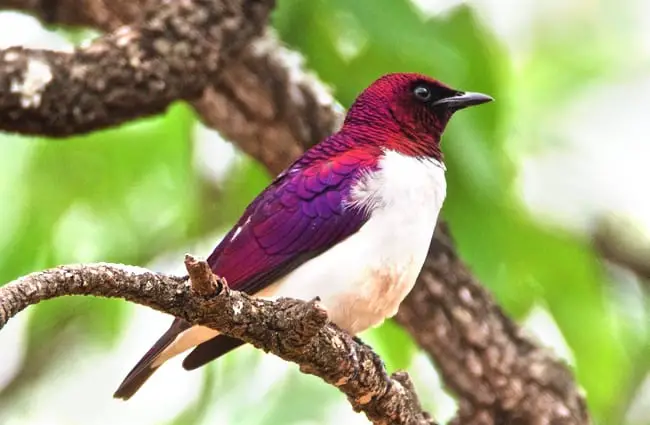
Starlings and Humans
Throughout history, starlings have held various cultural and economic significance for humans. In some cultures, they are considered symbols of good luck or messengers from the spirit world. Historically, they were used as “teaching birds” to mimic human speech. However, their large flocks can also be considered agricultural pests, damaging crops and requiring control measures. The European Starling’s introduction to new continents demonstrates the complex and often unintended consequences of human intervention in ecosystems.
Identifying Starlings in the Wild
Observing starlings in their natural habitat can be a rewarding experience. Look for medium-sized birds with iridescent plumage, often foraging on the ground or perched on trees and shrubs. Pay attention to their distinctive vocalizations and the mesmerizing spectacle of murmurations. Different species have unique plumage characteristics and vocalizations, aiding in identification.

A Deeper Dive: Advanced Starlings Knowledge
Captive Care
For zookeepers and avian enthusiasts caring for starlings in captivity, providing a stimulating and enriching environment is crucial. A spacious aviary with plenty of perches, nesting boxes, and opportunities for foraging is essential. A varied diet consisting of insects, fruits, seeds, and formulated bird food is recommended. Regular veterinary checkups and preventative care are vital. Social interaction with other starlings is important, as these are highly social birds.
Conservation Status
While some starling species are thriving, others face significant threats. Habitat loss, degradation, and competition with invasive species are major concerns. Conservation efforts focusing on habitat protection and restoration are crucial for ensuring the long term survival of these remarkable birds.
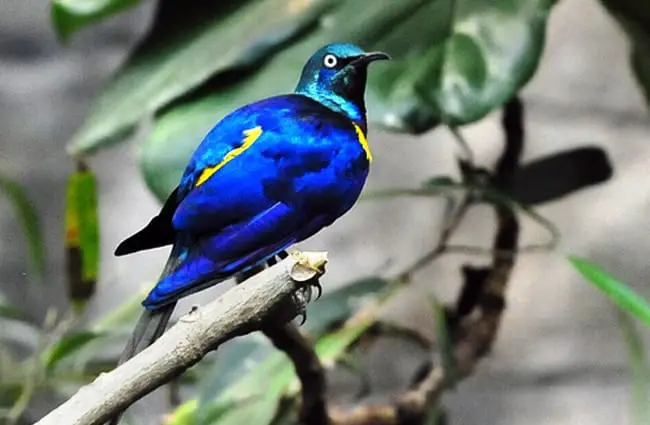
Conclusion
Starlings are captivating birds that offer a window into the complexities of avian behavior, ecology, and evolution. Their adaptability, intelligence, and social complexity make them a fascinating subject of study and a delight to observe. Whether marveling at the spectacle of a murmuration or simply observing a starling foraging in a field, these remarkable birds remind us of the beauty and wonder of the natural world.

![Red Angus Closeup of a beautiful Red Angus cowPhoto by: U.S. Department of Agriculture [pubic domain]https://creativecommons.org/licenses/by/2.0/](https://animals.net/wp-content/uploads/2020/03/Red-Angus-4-238x178.jpg)




![Red Angus Closeup of a beautiful Red Angus cowPhoto by: U.S. Department of Agriculture [pubic domain]https://creativecommons.org/licenses/by/2.0/](https://animals.net/wp-content/uploads/2020/03/Red-Angus-4-100x75.jpg)

